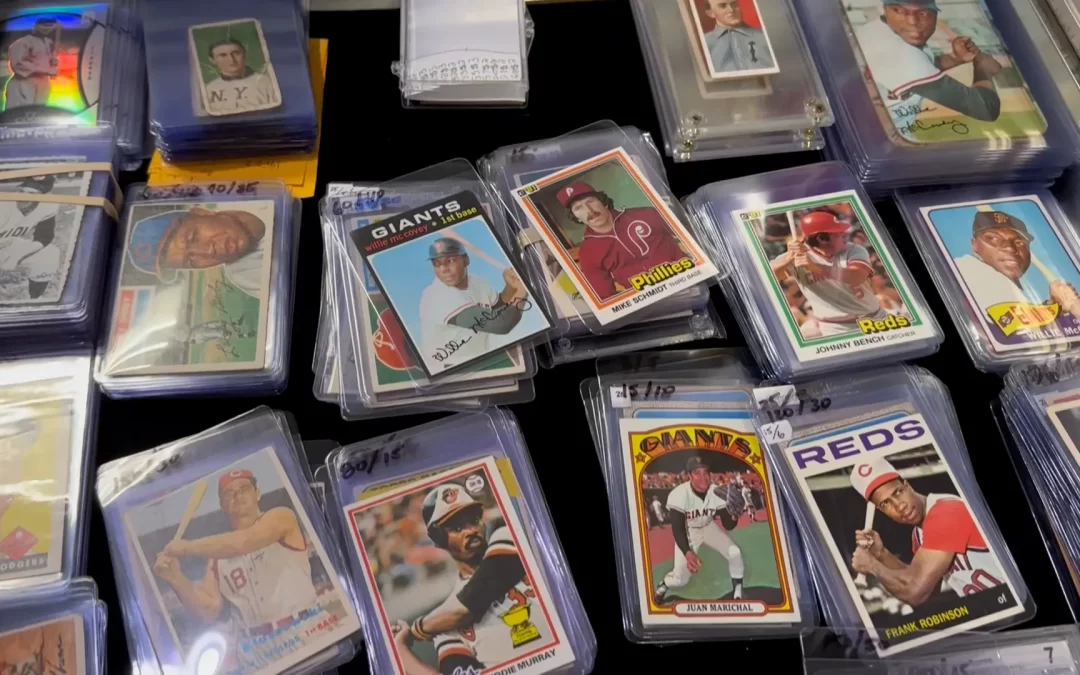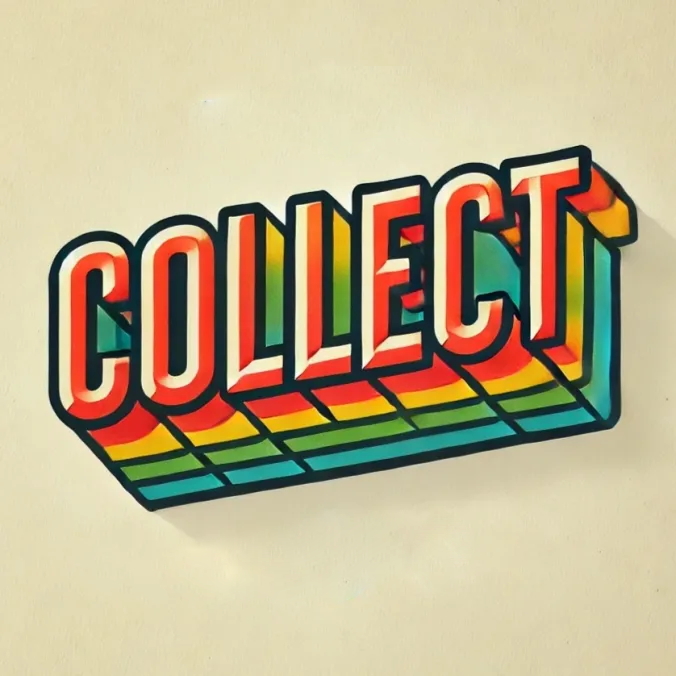Sports card collecting has evolved from a niche hobby into a lucrative investment opportunity. This comprehensive guide provides insights into maximizing both financial returns and personal enjoyment from sports card investing.
Whether you’re a novice or a seasoned collector, understanding the market, identifying valuable cards, building a strategic collection, and leveraging advanced strategies can significantly enhance your experience and profitability.
Sports card collecting dates back to the late 19th century, beginning with tobacco companies including cards in their products to promote sales.
The hobby saw significant growth in the 1980s and 1990s, but overproduction led to a market crash
However, the recent resurgence, driven by the pandemic, nostalgia, and the rise of digital platforms, has reinvigorated the market. Understanding these historical trends is crucial for making informed investment decisions.
Current Market Trends: The sports card market is currently experiencing a boom, with several key trends shaping its landscape:
- Digital Cards and NFTs: Non-fungible tokens (NFTs) have revolutionized the market, offering collectors unique, verifiable digital assets. Platforms like NBA Top Shot have popularized digital cards, creating new opportunities for investment.
- Vintage Card Resurgence: There is growing interest in vintage cards, particularly those from the pre-1980s era. Collectors are drawn to the historical significance and rarity of these cards.
- Increased Media Coverage: High-profile sales and celebrity endorsements have brought mainstream attention to the hobby, driving new interest and investment.
Identifying Investment-Worthy Cards
Player Performance and Potential: A player’s current performance and future potential are critical factors in determining card value. Investors should analyze various metrics, such as:
- Career Trajectory: Look at a player’s career milestones, injury history, and potential for future achievements. Rookie cards are especially valuable if the player is expected to have a successful career.
- Popularity: Players with a strong fan base and media presence often see their card values increase. Consider the player’s marketability and off-field activities.
Rarity and Condition: The rarity and condition of a card significantly influence its value. Factors to consider include:
- Limited Editions: Cards with limited print runs or unique features (e.g., autographs, game-used memorabilia) are more valuable.
- Card Condition: The condition is crucial, with mint condition cards fetching higher prices. Familiarize yourself with grading standards to assess card condition accurately.
Grading Services: Professional grading services evaluate the condition of a card and assign it a grade, which can greatly impact its market value. Key services include:
- PSA (Professional Sports Authenticator): Known for its strict grading standards and large customer base.
- Beckett Grading Services (BGS): Offers detailed subgrades, providing a nuanced evaluation of card quality.
- Sportscard Guaranty (SGC): Recognized for its expertise in vintage cards and consistent grading standards.
Building and Managing Your Collection
Starting Your Collection: For beginners, starting a sports card collection involves several steps:
- Setting a Budget: Determine how much you’re willing to invest and stick to it. Start small and gradually expand your collection.
- Focus Areas: Choose a focus, such as specific sports, teams, or players. This not only makes collecting more enjoyable but also helps build expertise.
- Education: Learn about different types of cards, such as base cards, parallels, and inserts. Understanding these categories can help you make informed purchases.
Storage and Protection: Proper storage and protection are essential to maintain card condition and value:
- Storage Environment: Store cards in a cool, dry place away from direct sunlight to prevent damage.
- Protective Gear: Use protective sleeves, top loaders, and storage boxes to shield cards from physical damage. For high-value cards, consider tamper-evident holders and secure storage solutions.
Tracking and Selling: Effectively tracking your collection and strategically selling cards can maximize returns:
- Tracking Tools: Utilize apps and software to track your inventory and monitor market trends. This helps in making informed buying and selling decisions.
- Selling Platforms: Choose the right platform for selling your cards. Options include online marketplaces, auction houses, and trade shows. Timing is crucial; sell during peak market periods or when a player’s performance boosts demand.
Advanced Strategies for Seasoned Collectors
Diversification: Diversifying your collection can spread risk and capitalize on different market segments:
- Mix of Cards: Invest in a variety of cards, including rookie cards, vintage cards, autographed cards, and limited editions. This reduces reliance on a single segment and provides a balanced portfolio.
- Cross-Sport Investment: Don’t limit yourself to one sport. Diversifying across different sports can mitigate the impact of sport-specific market fluctuations.
Networking: Building a network within the sports card community offers numerous benefits:
- Online Forums and Social Media: Join communities to exchange information, discover rare cards, and stay updated on market trends.
- Trade Shows and Events: Attend events to connect with other collectors, dealers, and industry experts. Networking can lead to valuable insights and opportunities.
Long-Term vs. Short-Term Investment: Balancing long-term holds with short-term flips optimizes both immediate gains and future wealth:
- Long-Term Holds: Focus on cards of players with promising careers or historical significance. These cards appreciate steadily over time.
- Short-Term Flips: Capitalize on market spikes by buying and selling cards quickly. Monitor player performance and market trends to identify flipping opportunities.
Investing in sports cards can be both financially rewarding and personally satisfying. By understanding market trends, identifying valuable cards, and employing strategic collecting and selling practices, you can build a valuable collection.
Whether you’re just starting or looking to enhance your existing collection, this guide provides the insights and strategies needed to navigate the exciting world of sports card investing.
Happy collecting!




